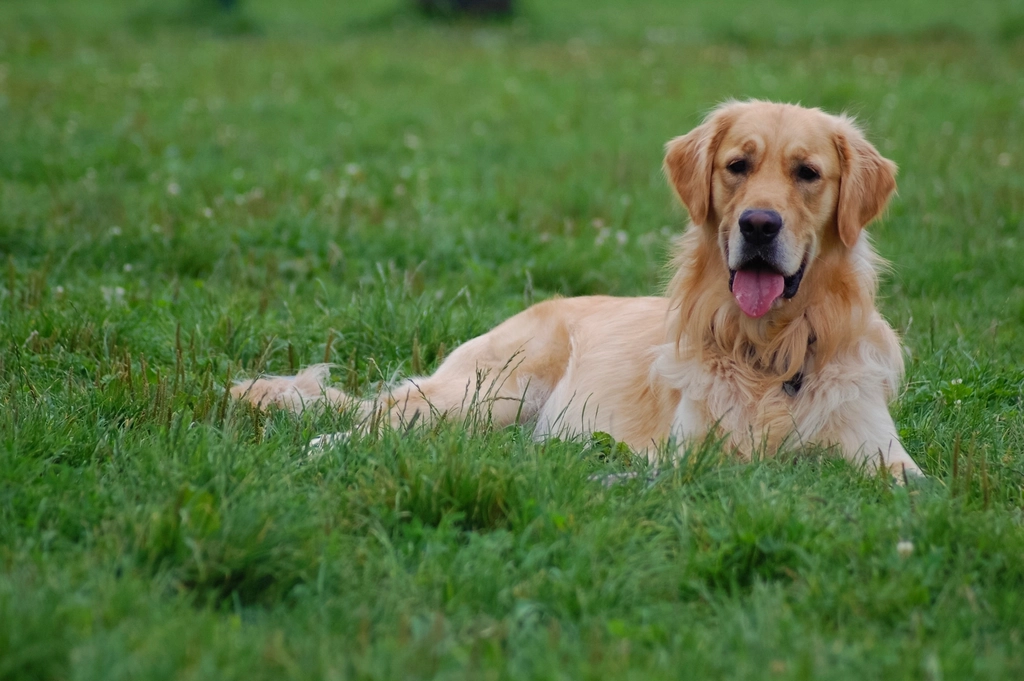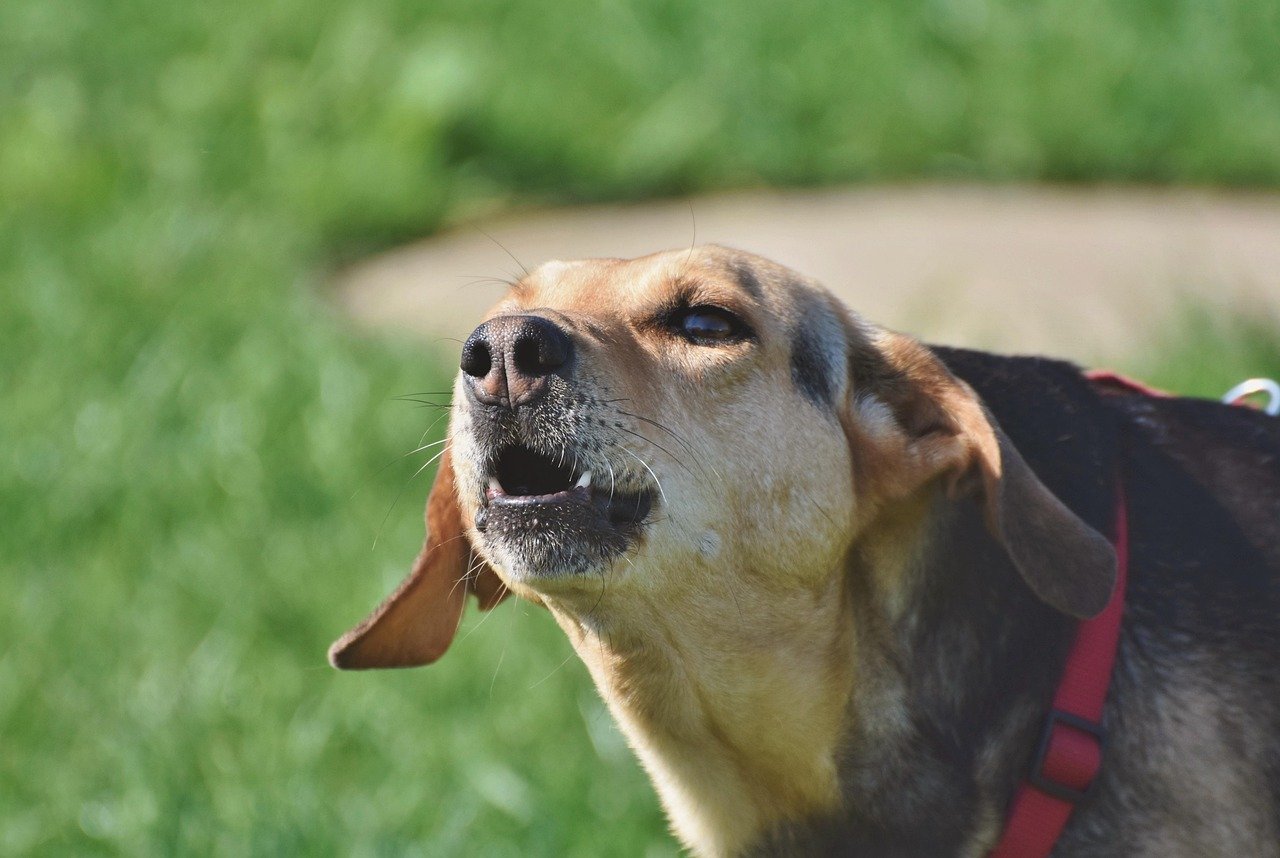Have you ever wondered what makes a dog truly happy? Dogs, with their wagging tails and sparkling eyes, have an uncanny ability to melt our hearts. But have you ever stopped to think about what happiness looks like for them? From goofy zoomies around the living room to those contented sighs during cuddle time, dogs have their own adorable ways of expressing pure bliss. Recognizing these little signs not only brings us closer to our pups but also helps us become more attentive, loving companions. So, let’s uncover what your dog’s happiness really looks like—one tail wag at a time!
Wagging Tail
One of the most recognizable signs of a happy dog is a wagging tail. But did you know that not all tail wags are the same? A happy dog’s wag is usually loose and held at mid-height, moving side to side like a pendulum. It’s their way of expressing joy, much like how humans smile. However, a stiff, high tail wag might indicate overexcitement or even aggression. So, next time you see that joyful tail wagging, know that your pup is in a good mood and ready to spread some happiness.
Bright Eyes
Just like humans, dogs communicate a lot through their eyes. A happy dog often has bright, sparkling eyes that reflect their inner contentment. These eyes are full of life and curiosity, inviting you to engage and play. On the flip side, dull or tired eyes might suggest that your dog is feeling unwell or unhappy. So, if your dog’s eyes are gleaming with joy, it’s a clear sign they are in high spirits and feeling loved.
Relaxed Ears
A dog’s ears can tell you a lot about their mood. When a dog is happy, their ears are usually in a natural, relaxed position. This varies depending on the breed; floppy-eared dogs will have their ears hanging naturally, while perk-eared dogs will have theirs standing upright but not tense. In contrast, pinned-back ears can indicate fear or anxiety. So, those relaxed ears are a good indicator that your dog is comfortable and content in their environment.
Playful Behavior

Playfulness is a hallmark of a happy dog. Whether it’s chasing after a ball, tugging on a rope, or simply romping around, playful behavior shows that your dog is feeling good. Dogs use play to express themselves, burn off energy, and interact socially. A dog that is frequently engaging in play is likely to be happy and well-adjusted. So, encourage that playfulness by spending quality time with your pet and providing them with plenty of opportunities to have fun.
Healthy Appetite
A happy dog generally has a healthy appetite. They show enthusiasm during meal times and enjoy their food. If your dog eagerly anticipates their meals and finishes their food with gusto, it’s a sign that they are feeling good. On the other hand, a sudden loss of appetite can be a red flag for stress or illness. So, keep an eye on their eating habits, as it can be a clear indicator of their overall happiness and health.
Contented Sleep

Happy dogs sleep well. They find a comfortable spot and often fall asleep easily, sometimes even snoring softly. If your dog is getting enough rest and waking up refreshed, it’s a positive sign of their happiness. Dogs that are anxious or stressed may have trouble sleeping or may wake up frequently. So, a dog that curls up and dozes off peacefully is likely feeling safe and content in their environment.
Affectionate Behavior
Dogs are naturally affectionate creatures, and a happy dog will often seek out affection from their human companions. This can be in the form of cuddling, nuzzling, or even just sitting close by. When a dog shows affection, it’s a sign that they trust you and feel secure. If your dog is frequently seeking out your company and displaying affection, it’s a strong indicator that they are happy and feel loved.
Curiosity
A happy dog is a curious dog. They show interest in their surroundings, sniffing around and exploring new environments. This curiosity is a sign of mental stimulation and engagement. Dogs that are curious and eager to discover new things are often well-adjusted and content. If your dog is always on the lookout for new adventures, it’s a sign that they are happy and thriving.
Relaxed Body Language

A relaxed body is a clear sign of a happy dog. This includes a loose, wiggly body, relaxed tail, and a calm demeanor. A dog that is tense or rigid might be feeling anxious or threatened. When your dog is at ease, it means they feel safe and comfortable in their environment. So, a relaxed dog is a happy dog, enjoying life without any worries.
Vocal Expressions

Dogs express their happiness through sounds, too. A content dog might bark or whine softly to communicate their joy. These vocalizations are often accompanied by a wagging tail or playful behavior. It’s their way of letting you know they are happy and want to engage. While excessive barking might be a sign of stress or boredom, moderate vocal expressions are a positive sign of happiness.
Social Interaction

Happy dogs enjoy socializing with other dogs and people. They are friendly and approachable, often seeking out playmates or greeting new visitors with enthusiasm. Social interaction is vital for a dog’s happiness, as it provides mental stimulation and emotional fulfillment. If your dog is eager to make new friends and enjoys social gatherings, it’s a good sign that they are happy and well-adjusted.
Tailored to You
Every dog is unique, and a happy dog will often have behaviors that are tailored to their owner’s personality and lifestyle. They might develop specific habits or routines that align with your daily life. This adaptability and synchronization with their human companions is a strong sign of a happy and content dog. If your dog seems to understand and respond to your habits and emotions, it’s a testament to the strong bond and happiness they derive from being with you.
In conclusion, understanding these behaviors can help you ensure your dog’s happiness and well-being. Are there any behaviors that surprised you? What would you have guessed? The more in tune you are with your pup’s emotions, the stronger your bond becomes—and that’s what being a great dog parent is all about. Keep watching, learning, and loving, because a happy dog means a happy home. After all, their joy is pretty contagious, isn’t it?

Esther is from India; the heartbeat of South Asia, holding a Master’s degree in Zoology and a postgraduate diploma in Animal Welfare. Her enthusiasm for animal welfare drives her passion and dedication to working for animals, ensuring their well-being, and advocating for their rights. With a solid academic background and hands-on experience, she is committed to making a positive impact in the field of animal welfare. In her free time, she enjoys embroidery and sewing. As a Chennaite from Tamil Nadu, Esther loves Bharathanatyam, an Indian classical dance form.






